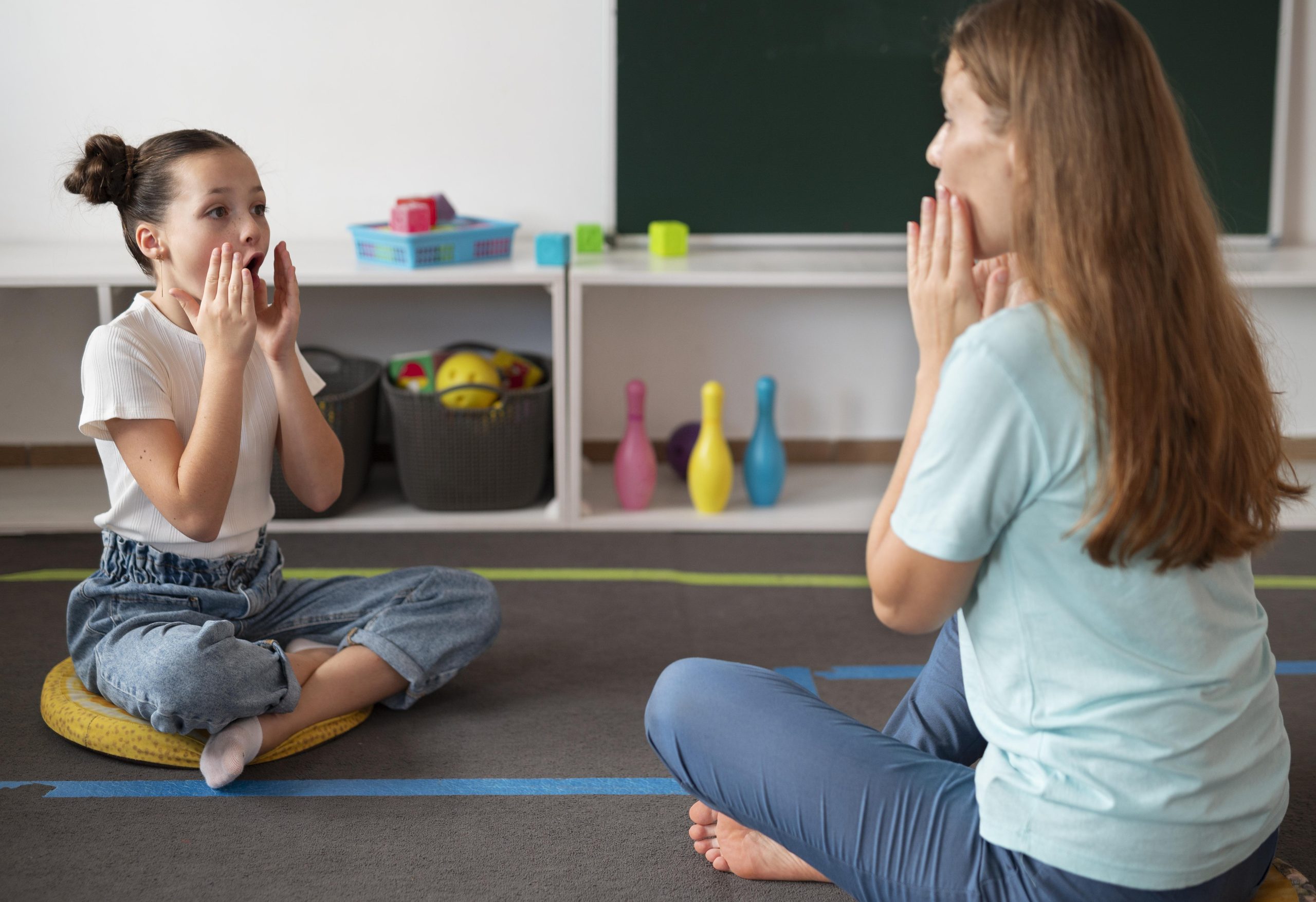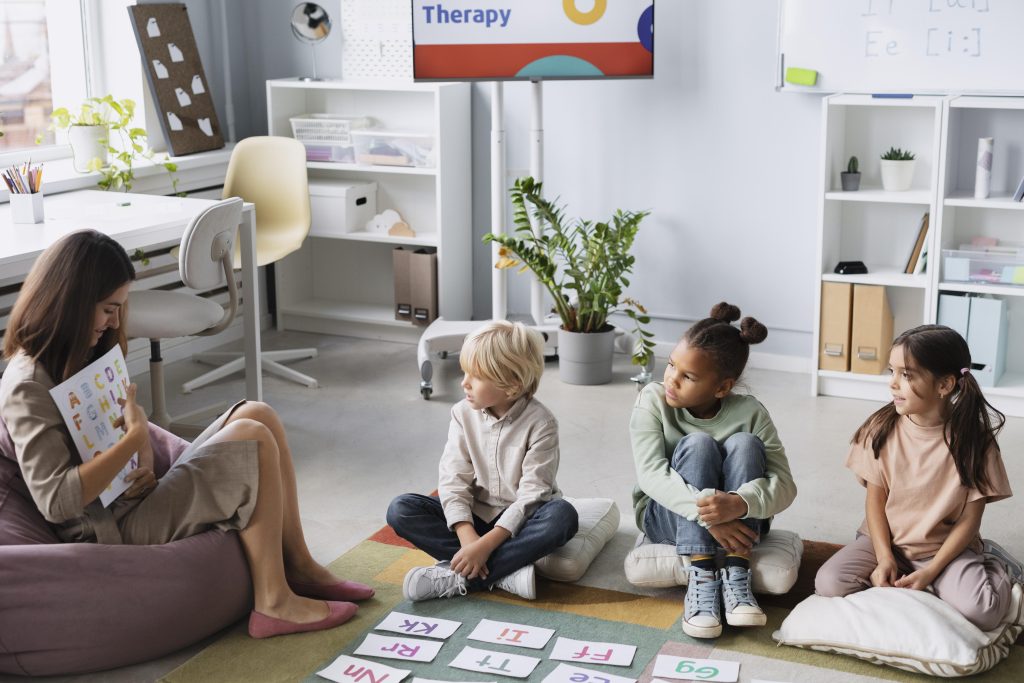Emotional Wellbeing in Schools: Beyond Counselling Rooms
When we talk about schools, the first things that come to mind are classrooms, exams, and results. Yet there is another crucial factor that shapes a child’s growth — emotional wellbeing. Emotional wellbeing in schools is not just about visiting the counsellor’s room when problems arise. It is about creating a nurturing environment where students feel safe, understood, and motivated to thrive every single day. For students in Grades 8 to 10, who often experience academic stress, peer pressure, and career-related confusion, a supportive environment makes all the difference.
Why Emotional Wellbeing Matters in Schools
Emotional wellbeing is the foundation of learning and personal growth. A student who feels emotionally stable is more likely to perform better academically and socially. Here are some reasons why emotional wellbeing is essential:
- Improves focus and learning: When the mind is calm, students can absorb and retain knowledge more effectively.
- Builds resilience: Students learn to handle stress, setbacks, and failures with a positive mindset.
- Encourages healthy relationships: Emotional stability helps children connect better with peers and teachers.
- Supports career choices: A confident and emotionally balanced student makes better academic and career decisions. Read more in our guide on student success tips.
Challenges Students Face in Maintaining Emotional Wellbeing
Before finding solutions, it is important to recognize the challenges that affect a child’s emotional state in schools:
- Academic Pressure: The competition to score higher marks and choose the right career path can create stress and self-doubt.
- Peer Influence: Students often compare themselves with classmates, which can lead to anxiety and low self-esteem.
- Bullying: Negative experiences such as teasing, exclusion, or cyberbullying directly affect mental health.
- Lack of Communication: Many children hesitate to express their emotions to parents or teachers, leading to bottled-up feelings.
- Digital Overload: Excessive use of social media exposes students to unrealistic standards, comparisons, and distractions.
Moving Beyond Counselling Rooms
Traditionally, schools have relied on counsellors to handle emotional challenges. While counselling is valuable, emotional wellbeing requires a whole-school approach. Every teacher, parent, and school leader plays a role. Here are some strategies to go beyond counselling rooms:
1. Building a Supportive Classroom Culture
A classroom should feel like a safe space where students can share their thoughts without fear of judgment. Teachers can encourage open discussions, group projects, and peer learning activities that promote trust and empathy.
2. Integrating Wellbeing into Daily Activities
Simple practices such as mindfulness breaks, gratitude journaling, or even five minutes of relaxation can significantly reduce stress. These activities help students manage emotions better and stay focused on studies.
3. Empowering Teachers as Emotional Guides
Teachers interact with students every day and are often the first to notice signs of distress. With basic training in emotional intelligence, teachers can identify early warning signs and support students before issues escalate. Resources like emotional intelligence in education provide practical insights.
4. Parental Involvement
Parents play a huge role in nurturing wellbeing at home. Schools should involve parents through workshops and interactive sessions to help them understand their child’s emotional needs and communication styles.
5. Encouraging Extracurricular Activities
Sports, arts, and creative hobbies not only reduce stress but also give students opportunities to explore their talents. A balanced routine of academics and extracurriculars supports overall wellbeing.
Practical Wellbeing Initiatives for Schools
Schools can design initiatives that embed wellbeing into the daily experience of students:
- Wellbeing Corners: A dedicated space where students can relax, reflect, or engage in calming activities.
- Peer Mentorship: Senior students guiding juniors creates a sense of belonging and reduces isolation.
- Workshops on Stress Management: Regular sessions on time management, exam stress, and confidence building help students cope better.
- Health and Fitness Programs: Physical health is deeply connected with emotional stability. Yoga, meditation, and fitness clubs are great options.
- Career Guidance: Helping students explore their interests and strengths through career guidance programs reduces uncertainty and fear of the future. UNICEF’s article on mental health and wellbeing offers valuable insights.
The Role of School Leaders
Principals and administrators play a pivotal role in setting the tone for wellbeing. They can:
- Include wellbeing goals in the school’s vision and policies.
- Ensure teachers receive training on emotional support techniques.
- Encourage student-led initiatives that promote kindness and inclusion.
- Collaborate with mental health organizations to provide expert resources and workshops.

Long Term Benefits of Focusing on Emotional Wellbeing
When schools prioritize emotional wellbeing beyond counselling, the results are long lasting:
- Improved academic performance as students can focus better.
- Reduced absenteeism and dropouts due to a positive school environment.
- Better interpersonal skills leading to stronger friendships and teamwork.
- Confidence and resilience in facing life challenges.
- Future readiness as emotionally balanced students make better career and life choices.
Final Thoughts
Emotional wellbeing in schools is not a separate activity limited to counsellors. It is a collective responsibility shared by teachers, parents, principals, and peers. By creating an environment where children feel valued and supported, schools prepare them not just for exams but for life. Students who are emotionally strong grow into confident adults ready to take on the world with positivity.



